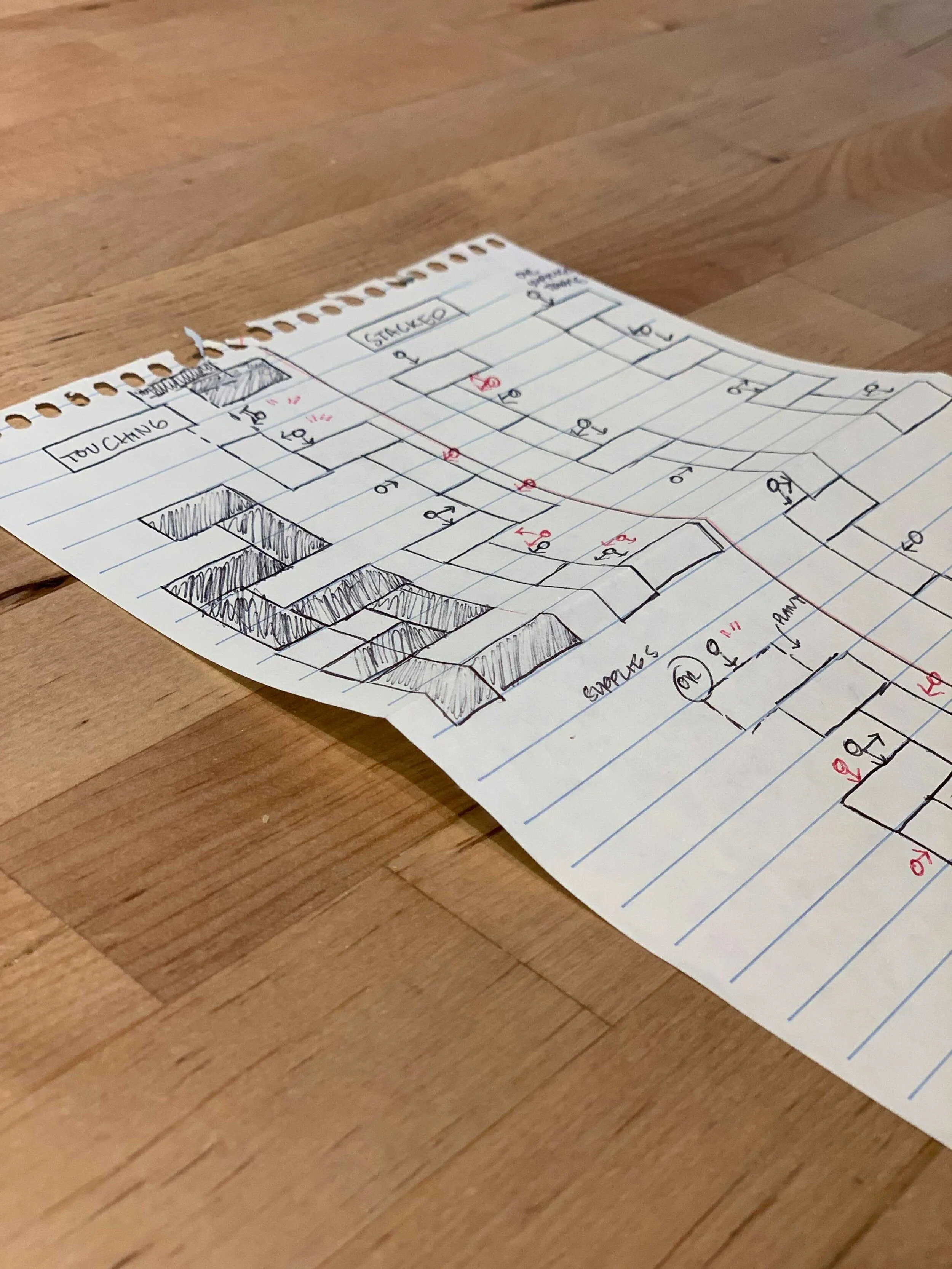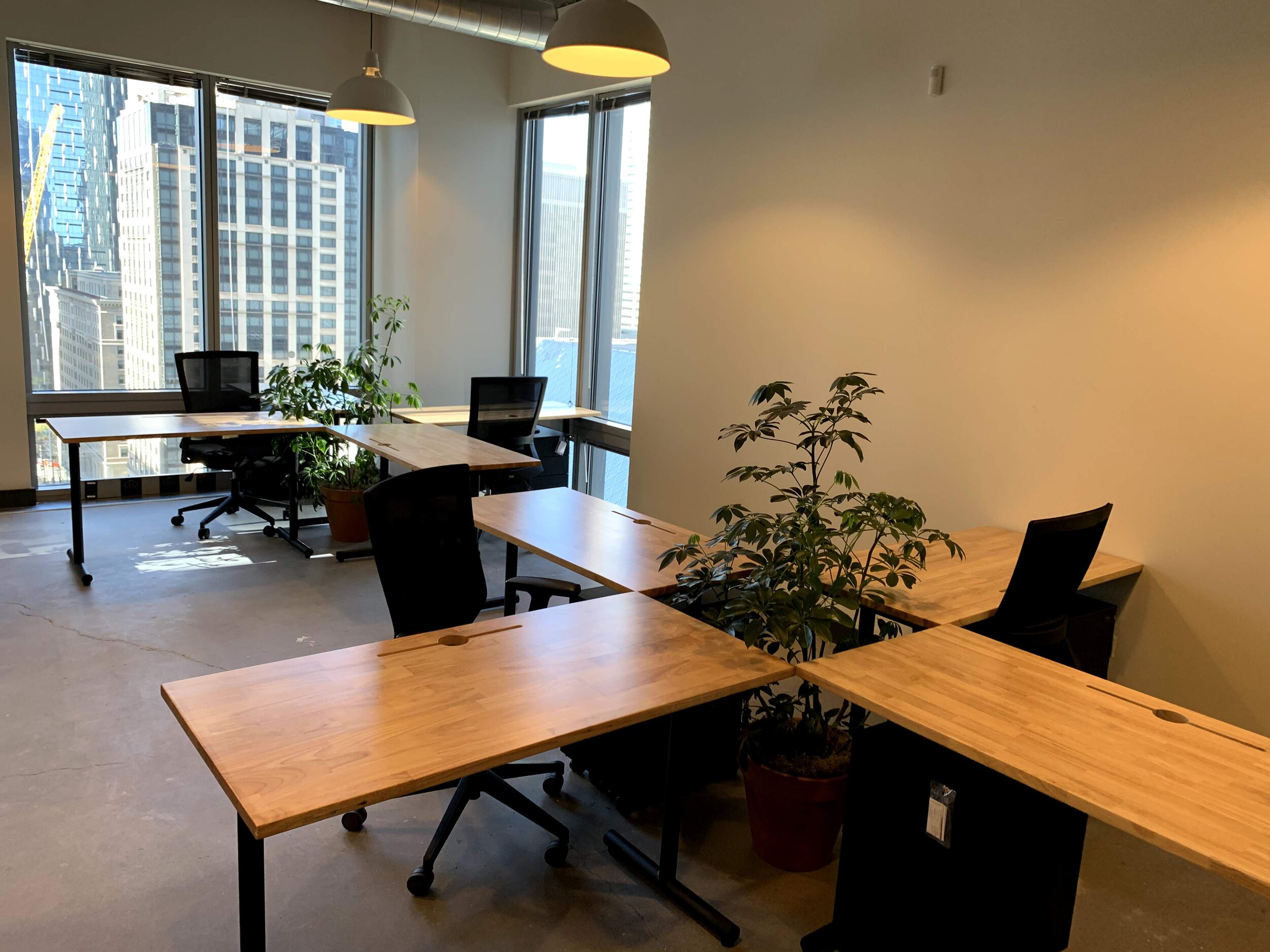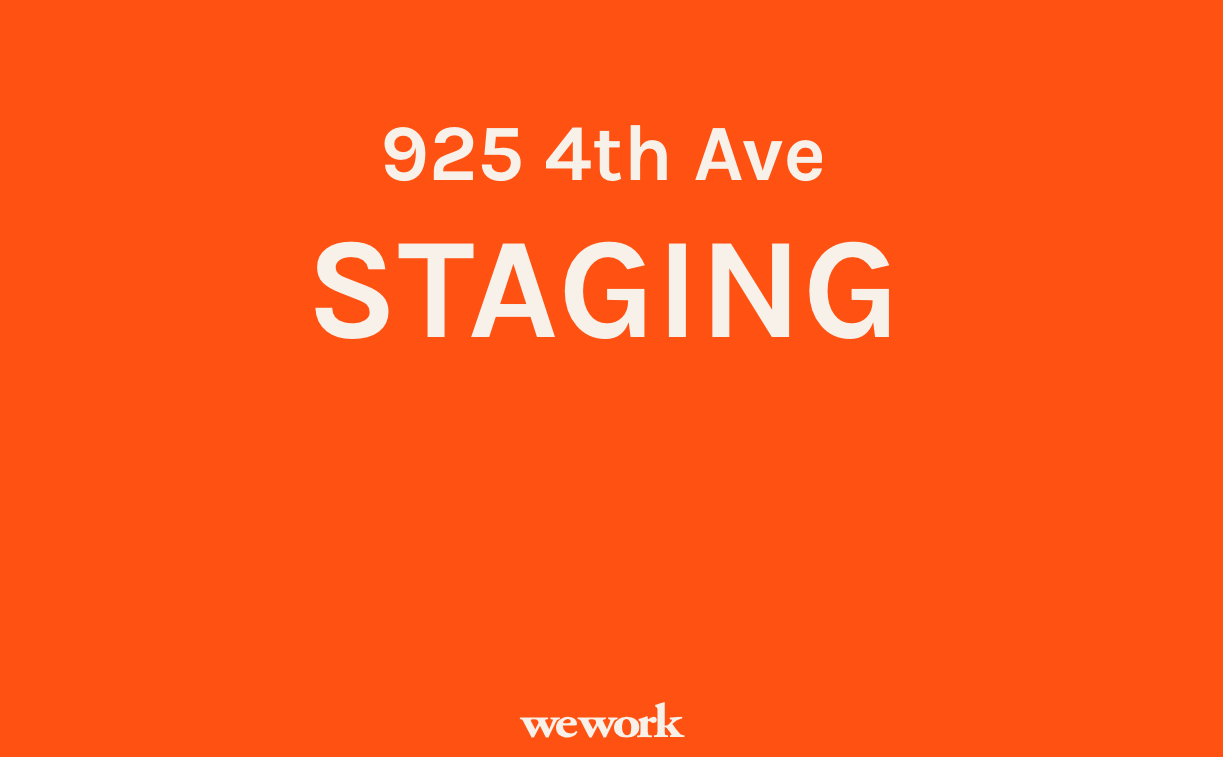Staging Packages
Bringing all
the potential magic of WeWork to life through a scalable staging process
— founding member
space / product design
——
details
oct 2019 - present
project type - office
wework.com
——
background
WeWork is the pioneer in space-as-a-service. It has always had a core focus on design, exhibited by its stunning common areas. But due to exponential growth, the company didn’t have a staging process—leaving a huge opportunity to showcase possibilities in vacant offices and close sales. I decided to take a swing at it.
——
skills
user data
personas
storytelling
versioning
ideation
form giving













How do you create a successful, scalable staging process with limited resources?
——
solution
Cracking and piloting a staging process that can be scaled on a market, region, and world-wide level.
——
process
“cracking it”
Compiling user data, I determined the industries my location caters to and created corresponding personas. Collaborating with sales, I determined the vacant offices that are passed on sales tours—matching offices with personas.
With budget and scrappiness top of mind, I sourced spare furniture from my building. I topped off my supply with one of my favorite activities—thrifting.




Then came the fun part——
using supplies + personas to build
out the space.
small format
offices
office #1
Designed for a female marketing executive in her mid 30s with a creative flair.
office #2
Designed for a male lawyer in his late 40s who has a serious respect for an afternoon drink and that old-book smell.
medium format offices
office #3
Designed for a couple of 20-something millennials with a brand consulting startup—and a love of all things quirky.
office #4
Fulfilling a special purpose as a bonus room for the many puzzlers + gamers among us, with an intent to strengthen community.
large format
offices
office #5
Designed for a full team of L-shape loving, 30-something techies at a blooming software company.
office #6
Designed for a set of publishers and their assistants who appreciate a breakout space and a cozy reading nook.
——
process
”piloting it”
I summarized the process (with best tips and tricks) and presented it to my market. I was able to meet my budget, spending only $298.
Although sales were disrupted due to COVID, the staging turned offices. To accommodate the new priority of professional distancing, I also created COVID-friendly layouts.




——
reframe
How do you scale this process to buildings with no spare furniture and to individuals who would not consider themselves design savvy?
——
process
“scaling it”
My original presentation led to the founding of a team, assigned to designing a new internal product, "Staging Packages.” Staging packages are pre-approved bundles individuals can simply purchase and place.
As a team, we worked through the general features and logistics of the product—creating a prototype proposal.
——
result
We presented to the Head of Sales for US and Canada and received approval to pilot it in our market! Due to COVID, the product is now pending. In the meantime, my original deck was shared as a global resource to over 2,000 employees.
lessons.
01• Personas are powerful
Designing for an individual (who shares characteristics with your target segment) creates a tailored focus and additional motivation—for an overall better product.
02• Collaboration = Synergy
Effective communication is key to true collaboration. When that communication is present the sum of the whole really can be > than its individual parts. Diverse perspectives surfaced important features, key to our success.
















































